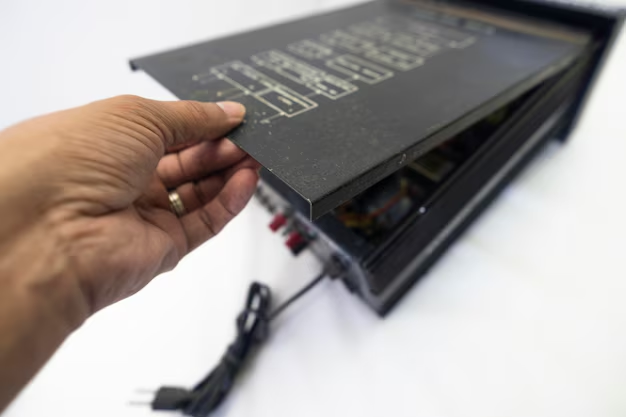Setting Up Electricity in Your Apartment: A Step-by-Step Guide
Moving into a new apartment is an exciting chapter, but the process of setting up utilities like electricity can feel daunting. Fortunately, with a few simple steps, you can easily set up electricity in your new home and focus on settling in. Here's a practical guide on how to get started and some additional resources if costs are a concern.
1. Know Your Timeline
Before you move, plan when you’ll need the electricity to be turned on. Aim to set it up at least a week in advance to ensure everything runs smoothly on move-in day. Contacting your provider early avoids any rush fees and ensures service starts when you need it.
2. Choose Your Provider
In some regions, you have a choice of electricity providers, which helps you find the best rate. Research the options available in your area to compare prices, service terms, and customer reviews. Check if your building or landlord has a preferred provider to streamline the process.
3. Have Your Details Ready
When you call the electricity provider, you’ll need some key information, including:
- Your new address.
- The date you need service to start.
- Personal identification, possibly your social security number.
- Your previous address for credit reference.
- Payment details or deposit information.
4. Contact the Provider
Once you’ve selected a provider, reach out to them via phone or their website. Have your information handy to make the process quick and easy. Be prepared to pay a connection fee or deposit, especially if it’s your first time setting up electricity service.
5. Set Up Payment and Stay Informed
Choose your preferred method of payment, whether by direct debit, credit card, or regular billing. Many providers offer online portals where you can track usage, manage payments, and receive updates. Consider opting for auto-pay to avoid late fees.
6. Consider Energy-Saving Options
Ask your provider about plans that promote energy saving, such as time-of-use rates or green energy options. Lower energy consumption not only helps the environment but also can reduce your bill significantly.
As you navigate setting up electricity, it's natural to think about cost management. If you're concerned about fees or budget constraints, consider exploring financial assistance options. Here are some resources that might be helpful:
Local Utility Assistance Programs: Many regions offer government or nonprofit aid to help low-income households manage utility bills. Check if your state runs a program like the Low-Income Home Energy Assistance Program (LIHEAP).
Payment Plans and Budget Billing: Most providers offer budget billing plans, allowing you to pay a consistent amount each month, which smoothens seasonal spikes in electricity use.
Credit Card Solutions for Utilities: Using a credit card with rewards or cash-back benefits for utility payments might provide long-term savings. Ensure timely payments to avoid interest fees.
Educational Grants and Programs: If you’re a student, inquire about campus-led initiatives that assist with off-campus living expenses.
Setting up electricity is more than just flipping a switch—it's about empowering your new space with life and comfort, ensuring every light that turns on brings warmth and security to your new living experience. Whether managing expenses or opting for green energy, pursue the choices that support a bright and balanced future.
Here are some helpful resources for managing electricity costs and exploring financial options:
- 💡 LIHEAP: Federal assistance program aiding low-income households with energy costs.
- 🌱 Green Energy Discounts: Check for discounts or incentives for using renewable energy.
- 💳 Cash-Back Credit Cards: Opt for cards that offer reimbursement on utility payments.
- 📚 Student Housing Support: University programs offering financial relief for off-campus living expenses.
